Once upon a time there was journalism. It languished through the mists that cloaked in myths and mysteries the profession reserved for those who knew about belles-lettres. Of those with degrees. There were the reporters, some in their youth and those no longer in their prime, the editors with asses of stone that were stuck to their padded chairs with armrests, the writers of literary articles in bow ties, the heads of department with round glasses and senior editors with little goatee beards, inflexible, the correspondents, the envied special overseas ones, and those that are not so special; and behind doors which almost no one dared to knock on were the editors in chief. Then there were the informants, the pretenders who would play just any role only to be part of the game, the gymnastic teachers who wrote about sports, lawyers who aspired to a chair in parliament and would churn out unreadable political comments. There were notebooks and pencils, stamps and biros. There were cigarette butts crushed into overloaded ashtrays and smoky and badly heated rooms. Coffee cups that piled up in the corners of ministerial model desks, black telephones with the trunk line that continuously fell. Secretaries and stenographers. The typewriters with blue and red ribbon that one had to rewind, by hand, until it was still able to transmit some trace from the keys onto the paper. Carbon copy paper. And there were the photographers, with their flash always primed and replacement lamps in their pockets or in their mouths.
There were darkrooms, damp caves where the negatives were battered and scratched, and dried with a hair dryer, because the closing time was imminent, and where the red light made all those present scary monsters. There were the proofreaders, the linotype operators, the printers. The presses. The pickup trucks. Newsies, posters, the newspaper kiosks that smelt of the ink that blackened the fingers of the avid readers of the early morning edition. Then electronics arrived on tiptoes. Few understood them. Armed with an invisible scythe they swept away, rapidly, skills and crafts. The Finance Managers presented it to the publishers as “technological innovation essential for the consolidation of financial statements”. They had won even before the alarm, spread through the loud speakers, was perceived. The result was a devastating tsunami from which contemporary journalism was generated. A one-man-show that is staged only with a smart phone that in addition to its primary function also allows one to write, take photos, film and record, and send and receive words and images, still and moving, music and background noise. It has Apps to appear in full as soon as is necessary, for notes and appointments, to scold apprentices and make improvements, supply apposition (and adjectives) with a special dictionary, with the possibility to seclude oneself and doze off (turning the power off), learn foreign languages, ascertain the (Google) truth, generate appetites of all kinds until the final appeal, where the readers are the judges and even if they cannot read at least they can understand the figures. BARNUM is born in this era, but has not forgotten the lessons learned before the tsunami.
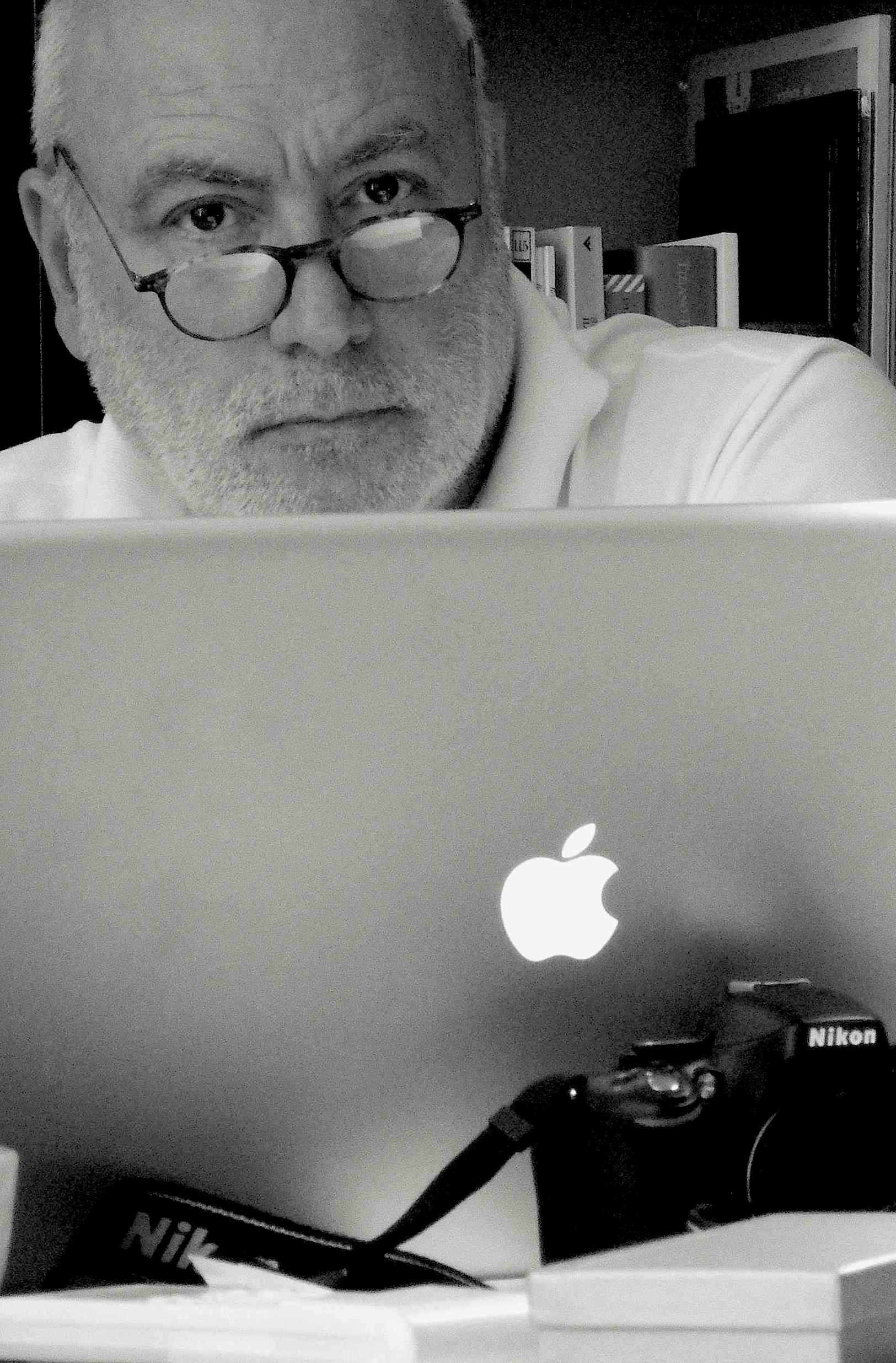
Massimo Pacifico, born in Sulmona in Italy’s central region of Abruzzo, graduated in Political Sciences at the Università di Firenze (1976) before becoming a professional photojournalist. As a free-lance he produced hundreds of photo-stories over five continents, from Alaska (Usa) to New South Wales (Australia). In 2006 he founded and directed, in Milan, the review VERVE, and then four years later, BOGART. He is an avid collector of books by the Latin poet Ovid, his fellow-citizen, of Indian tribal art and of vintage photographs. He loves Asia. His home is in the Florentine hills, where he drives an English racing green 1949 MG TC, a car that is only two years older than himself, and whose previous owner and friend, Leo Lionni, (the mythical designer of FORTUNE magazine in the mid 50’s), would tour around the Ligurian Riviera often with his good companion Italo Calvino.
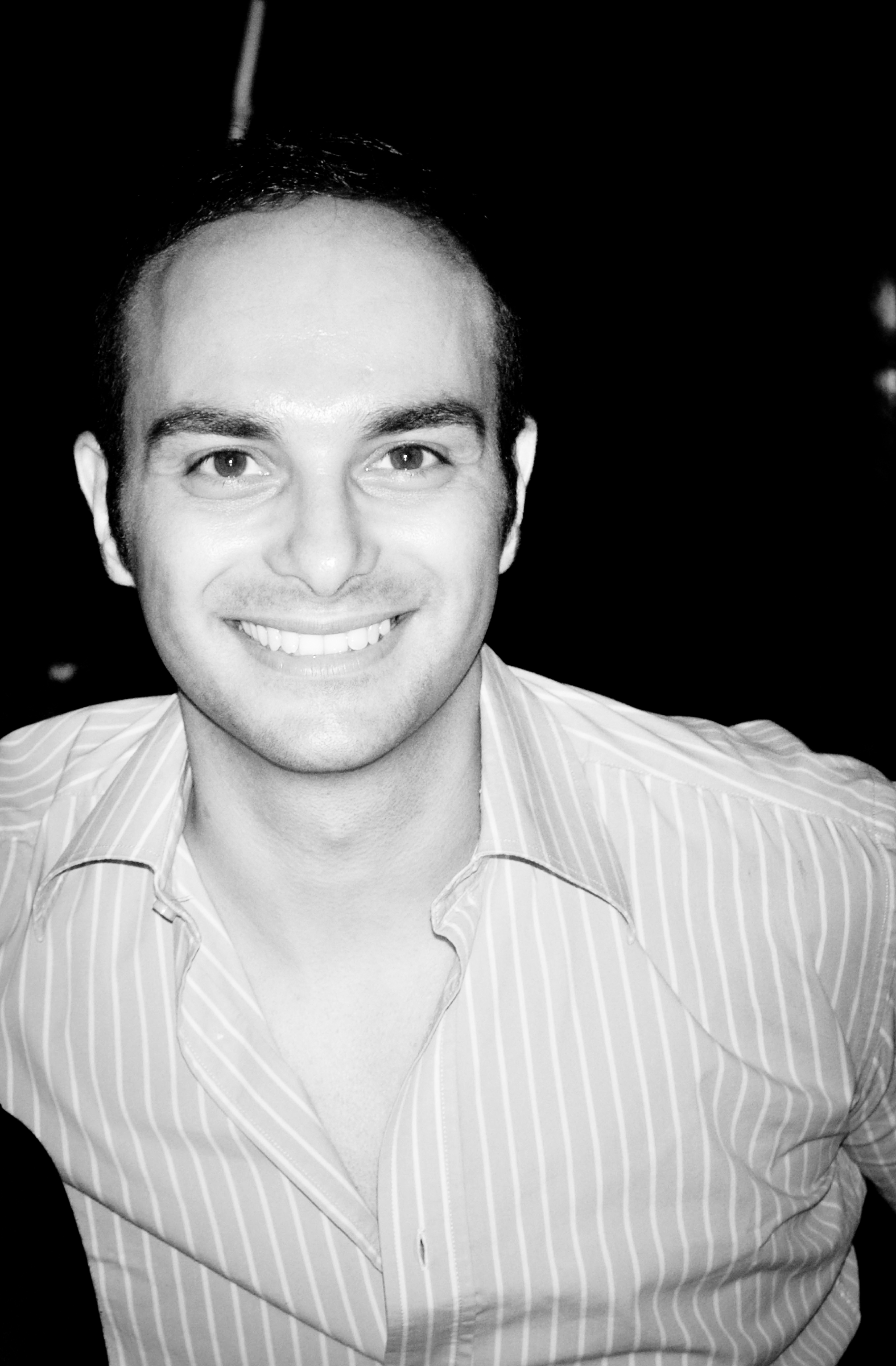
“Do not tell my mother that I am in advertising… She thinks I’m a pianist in a brothel”. It took all the irony of Jacques Séguéla to understand how difficult it is to explain to most people what it means to work in the world of communication. The book cited was written in 1979, I was born three years later, but the problem remains unsolved. I do not play the piano, but for years I studied classical music and the violin, before embarking, with the fury of adolescence, the way of rock: guitar and distortion pedal. All for the pleasure of my neighbors. In high school I preferred the humanities and indulged in a “passionate tendency” to journalism. Today, I am the creative web consultant of BARNUM, I write for cultural journals and direct two online newspapers. Moreover, after graduating, “Il Sole 24ORE” business school and some years living in Milan working as director of media relations for international publishing houses and financial holding companies, I founded a consultancy firm, DMG Comunicazione, which claims all the time that BARNUM leaves me free. What do I do, then? Just ask my mother!
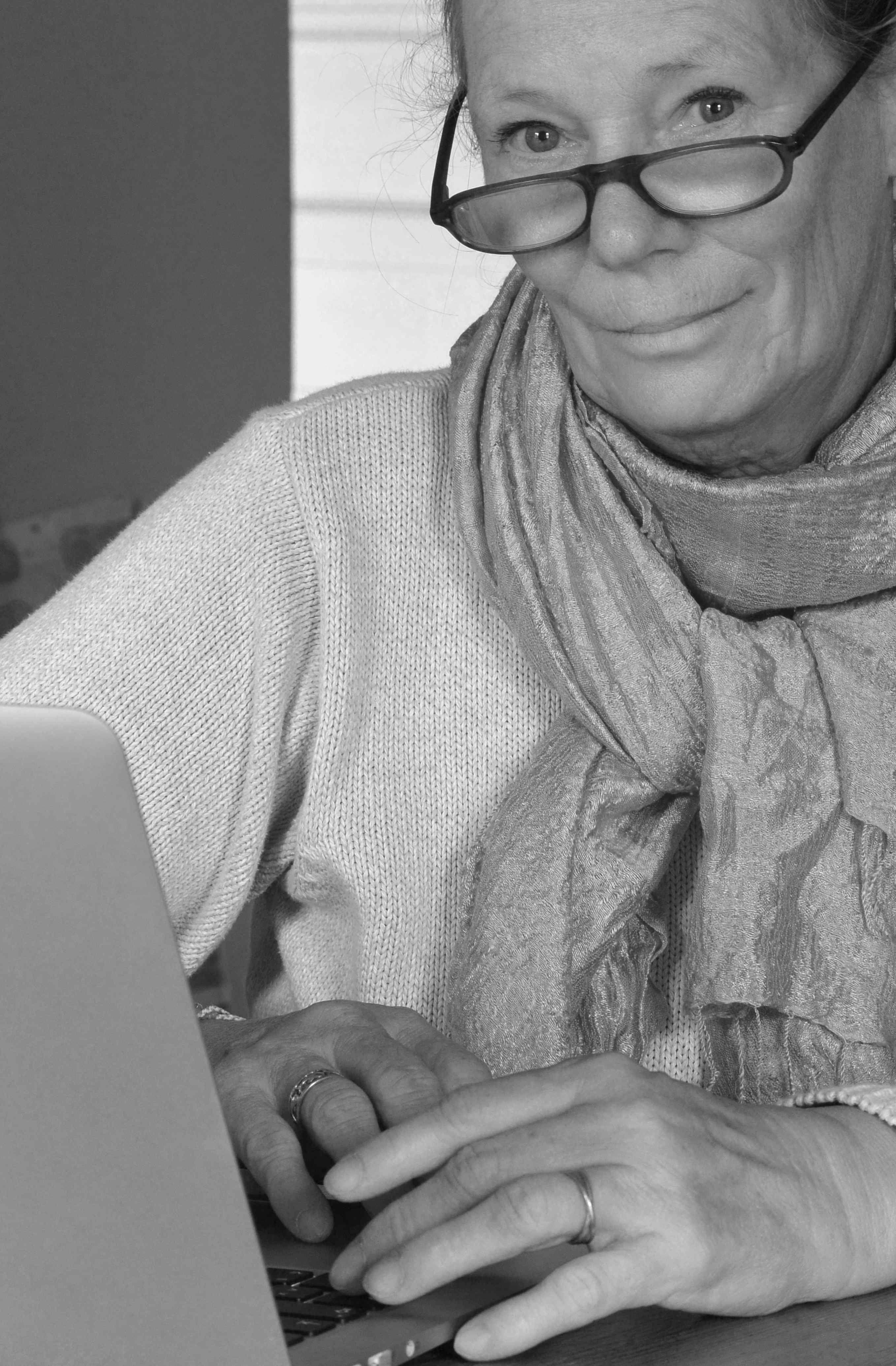
Born in Chelsea, London, she spent her childhood there and in Oxfordshire, on a farm where her parents, both protagonists of Hollywood sets and the stage in the West End, would spend their spare time. In 1966, her father sent her to Florence, where, together with the many youngsters who became the Mud Angels, she worked hard to release the masterpieces that were found in the National Library and that were covered in a cocktail of oil and slime, following the floods of the Arno. It was love at first sight for Michelangelo’s city, and Jemima, like many other angels, remained in the capital of the Renaissance in a sort of unconscious challenge to Beauty that rose again! She became florentine; followed by years of continuous moving around in Europe, with with a constantly growing family. She now lives in the idyllic Tuscan hills with her children, grandchildren and her dogs, all constantly coming and going. She walks in the woods more willingly than in via Tornabuoni, and, if there is need of wood for the stove, she can deftly wield the ax. She translates into her native language in order to continue the ceaseless wandering between the two cultures that have involved her most. She loves horses, pet therapy, and private tea parties in the woods with her elf friends; and chilled white wine. The Chianti seems to have finally bewitched the angel who continues, however, to feel at ease in the mud. Who would have thought that all this could happen to one born in Chelsea?
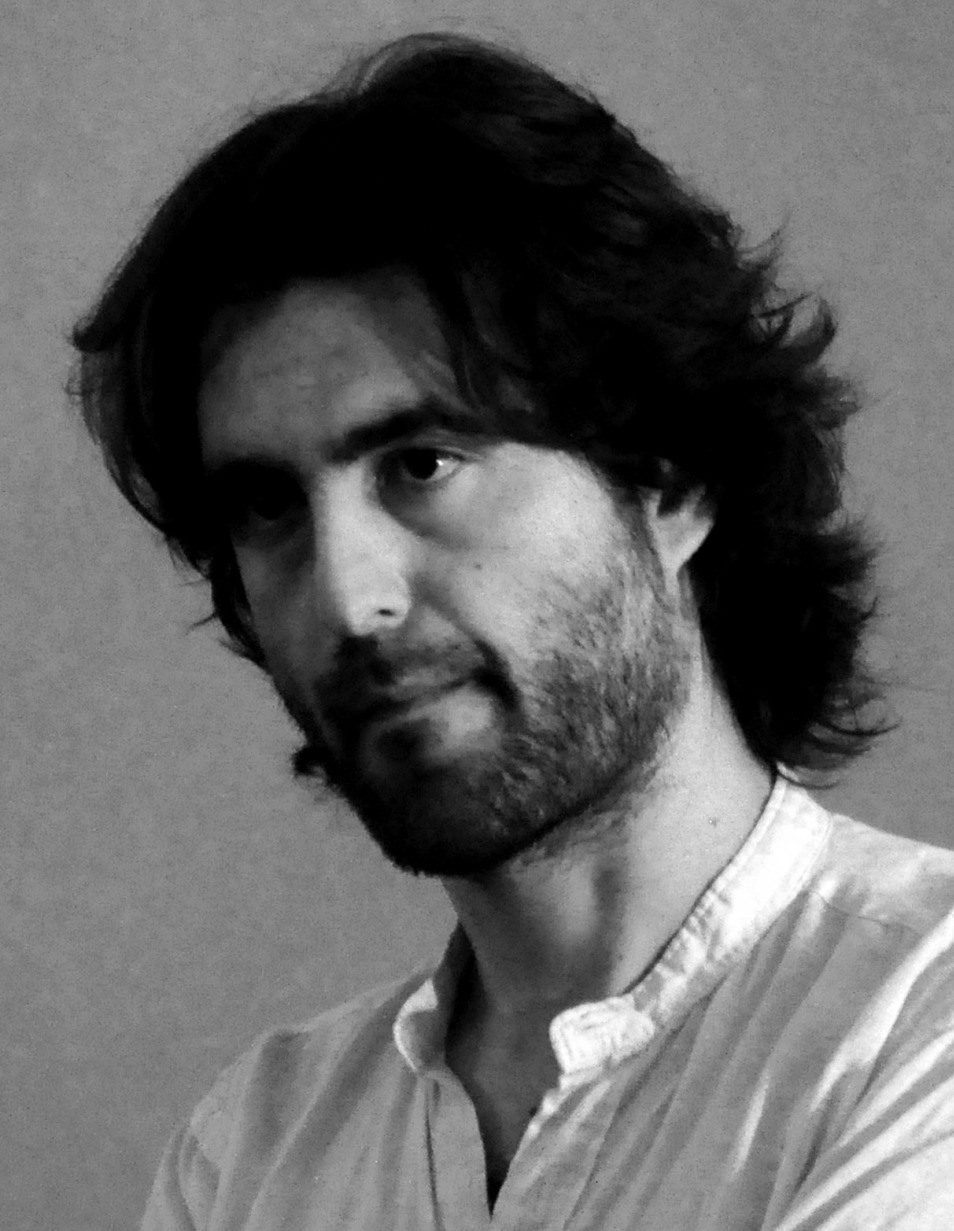
Francesco Chiacchio was born in Florence in 1981 where he leads the existence of often sharing a pristine sheet of paper with the shadow of a pencil. He draws, paints and makes collages. He has illustrated books, album covers and short comic stories. In 2009 he created the images for the multimedia project X (Suite for Malcolm), composed by the saxophonist Francesco Bearzatti for his Tinissima Quartet, presented in various countries of Europe and the United States. He loves to grow garden-spelled words, water them with different signs, watch them grow from afar and gather them in a drawing. From 2010 to 2012 he collaborated with the cultural pages of la Repubblica di Firenze. He lives with an eye on the other eye, and vice versa.
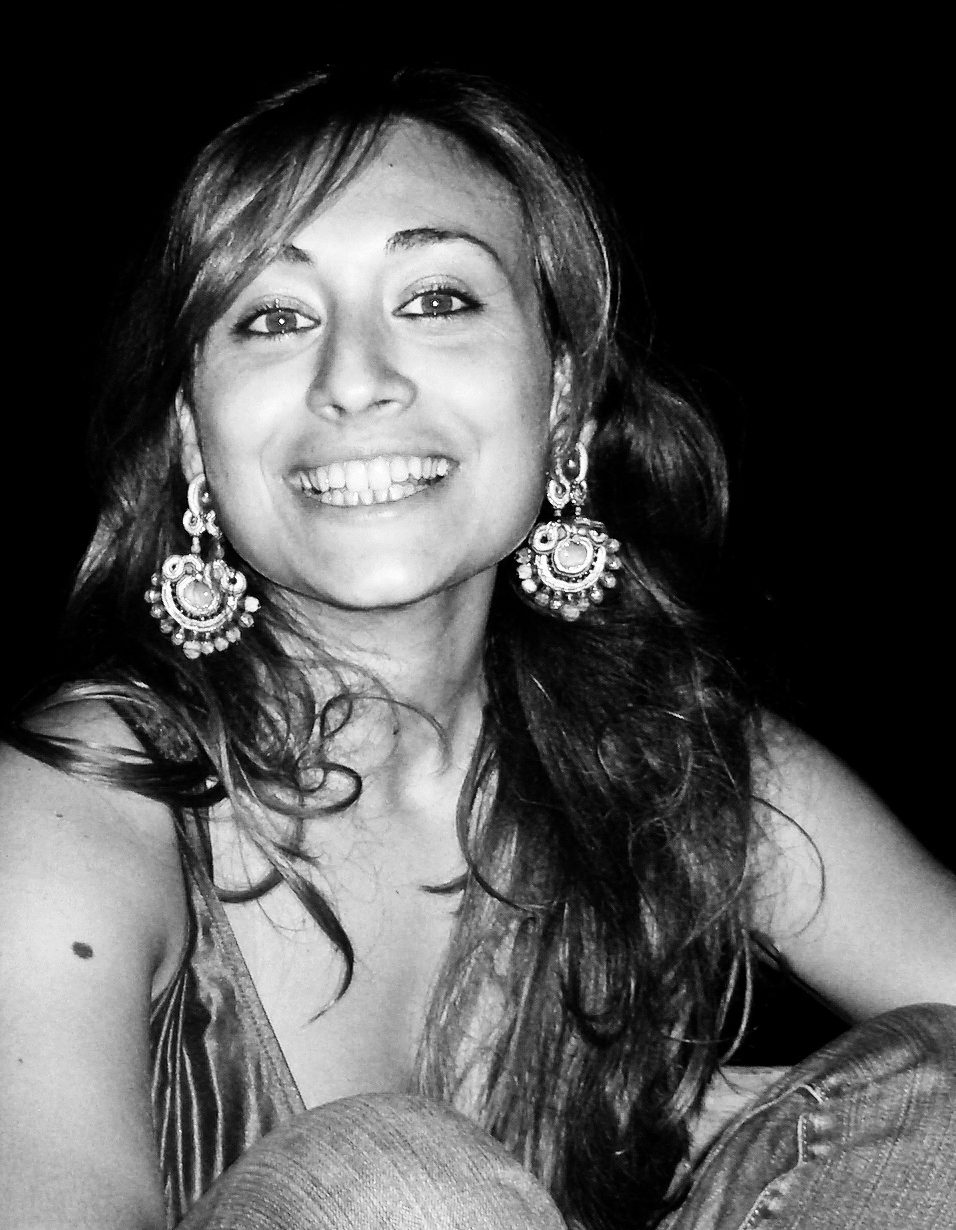
Her friends consider her an esthete, and even she admits to being one. Struck during her high school studies, by authors such as Joris-Karl Huysmans and Oscar Wilde, she developed a keen sensitivity to all forms of beauty so as to close the door on scientific subjects on which she had focused previously. She enrolled at the Faculty of Letters and Philosophy at the Cattolica University in Milan. Five years later, she graduated in History of Art, and then in fashion styling, because it is in art and fashion that Domizia foresees her future career. With her diploma in the bag she begins to juggle between style offices, for which she conducts research trends, and newsrooms where she measures up to the key issues related to her inclinations. She began her career in the Gucci fashion house to then move quickly into the television studios of Class Editori – CNBC. Economy? Of course not! Even in TV she finds her niche, dealing with art. Today she collaborates with several magazines including reports on the world of antiques, looking for quirky collectors around the planet and she has accepted Barnum’s invitation to propose her choices to the varied readers of the Web.
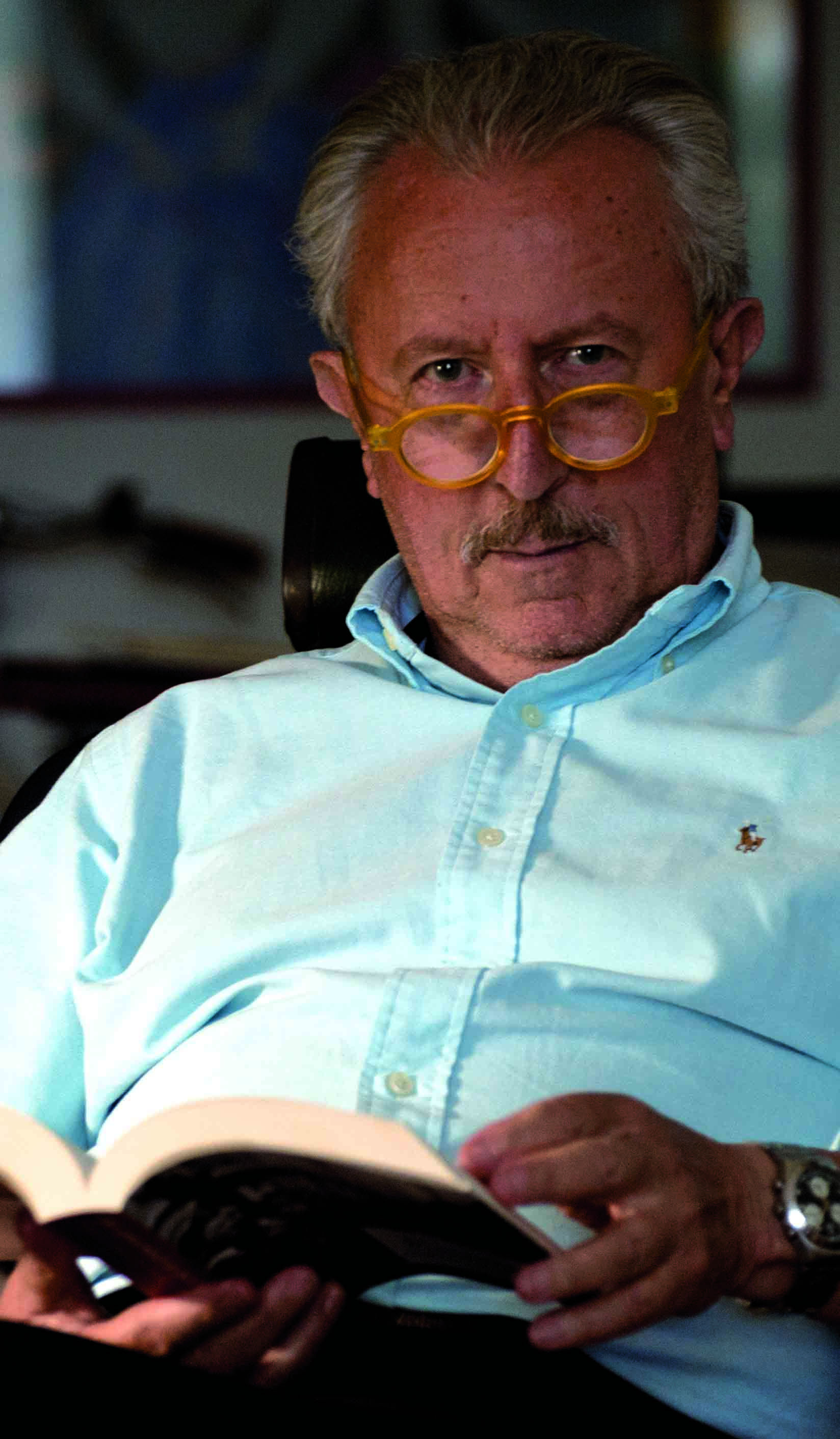
Franco Andreucci, was born in Certaldo (a small town between Florence and Siena, known for its onions and Giovanni Boccaccio). Former professor of Contemporary History at the University of Pisa from 1975 to 2013, he was a Jean Monnet Fellow at the European University Institute and has taught in Barcelona, Chicago and Marburg. He has worked on the history of Socialism, Marxism, the German Social Democracy and the Italian Communist Party. Among his books Falce e martello. Identità e linguaggi dei comunisti italiani fra stalinismo e guerra fredda e Visioni del comunismo. H. Lasswell, N. Leites e B. Wolfe fra politica e scienze sociali . Both pretty boring.Da Gramsci a Occhetto. Nobiltà e miseria del PCI 1921-1991 will soon be in the bookstores. For his latest effort the publisher had asked him for a “fascinating narrative.” Karen, his wife, sarcastically remarked that to write a “fascinating narrative” of communism was an impossible task, almost an oxymoron. We’ll see if she was right.Franco lives in Florence, in Chicago and in Salina. He doesn’t complain.
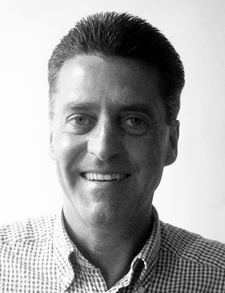
He describes himself as “Italian of adoption and profession, French by birth and training: nobody is perfect!”. A successful designer, he creates, in his studio in Milan, innovative products in the high-tech field. In 2000 he won the Smau Industrial Design Award, and, over the years, some of his products have been selected by the Museum of Modern Art in New York. He is passionate about new technologies, and has also become, almost by accident, a freelance journalist, and Il Mondo, l’Europeo, Epoca, Soprattutto, e Nòva del Sole 24 Ore asked him to collaborate with their technology headings; RAI also adopts him as a scientific expert for the transmission called I Cervelloni. For Mondadori he published, in 2008, the Atlas of contemporary architecture in Europe.
His blog Futurix explores, since 2009, the best of the possible future scenarios in technology, internet, design, architecture, new concepts, new interfaces, and increased reality.
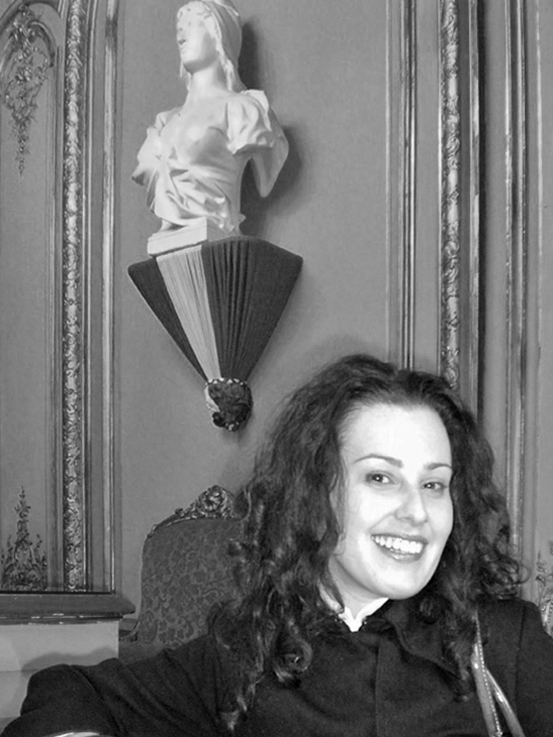
Daria Petrilli Daria Petrilli is from Rome, and is a well established illustrator. She works for publishing and advertising firms and has had many awards especially in the field of children’s books. Mentions and prizes also came from the Biennial of Illustration in Tehran in 2000; in 2005 in occasion of the exhibition “From Fairy Tale to the Manifesto” held for the bicentenary of Hans Christian Andersen in Abano Terme, from the Academia Pictor in Turin in 2006, 2007and 2008; from Illustrarte in Lisbon in 2008 and from Bologna Fiera in 2011. Member of the Italian Association of Illustrators since 2005, she received the Award for her work in 2005, 2006, 2007 and 2008.
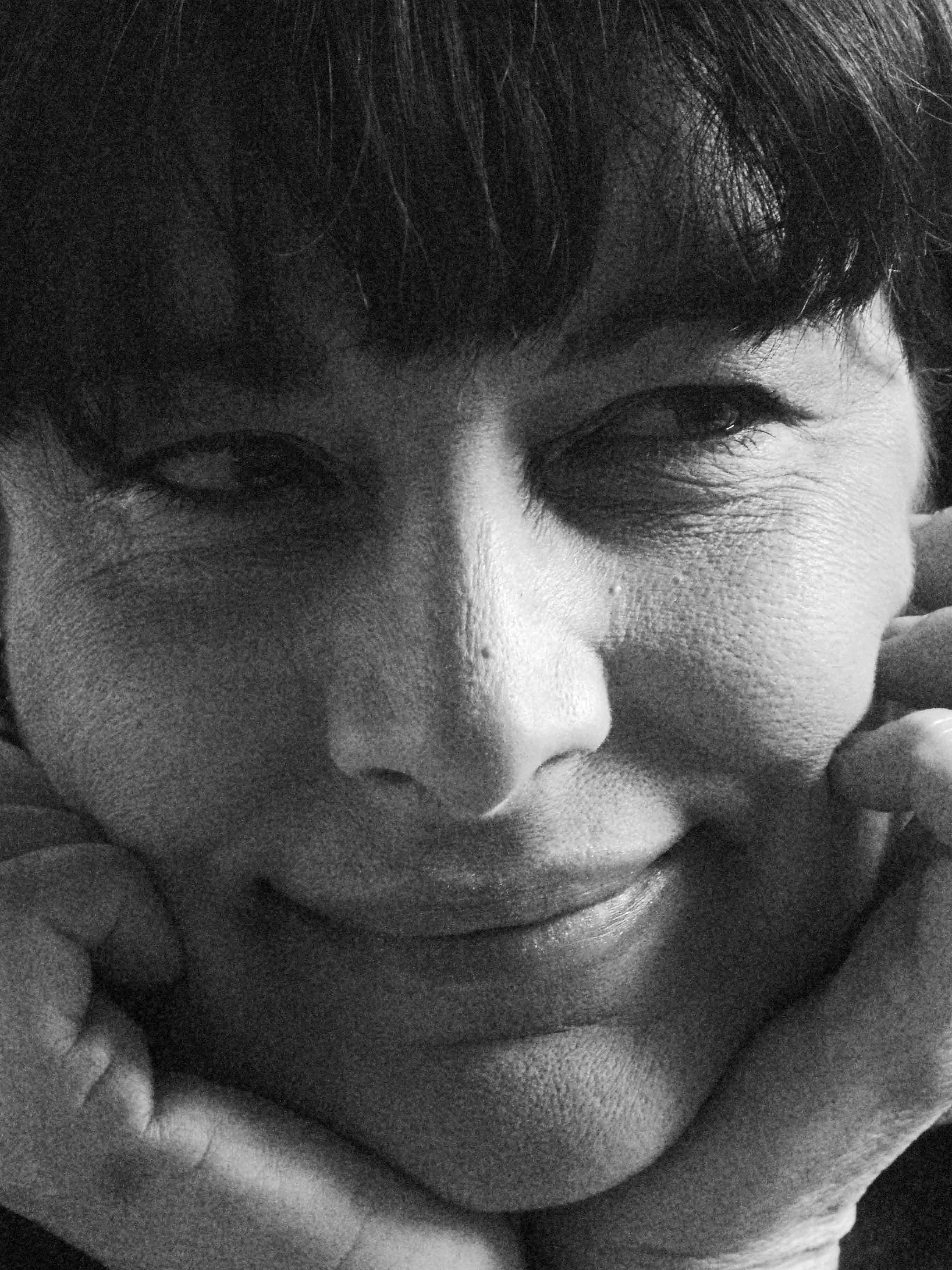
Florentine, she has lived in Milan for over twenty years without losing even one little bit of her Tuscan accent. Journalist – “a mistake” she adds – set designer, stylist, illustrator and, one of our highest authorities in terms of applied arts and creative hobbies. Editorial consultant and compulsive author of books, manuals and collection works, her work has been translated into fourteen languages. For ten years she was the pen and the brain of Creare per Casaviva by Mondadori. She currently directs the online magazine DONNARITA and is not ashamed to appear in television programs of great popularity. Her latest book, Il Mondo di Donnarita has just arrived in bookstores published by Giunti.
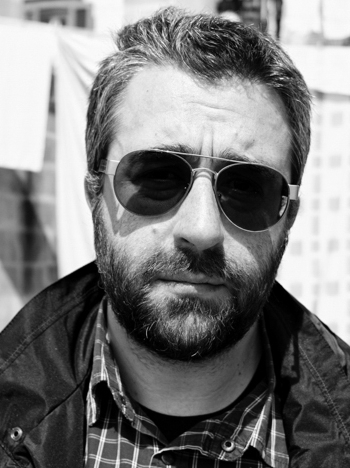
Born in Altamura (Puglia) in 1973, Carmelo works there as a primary school teacher specializing in supporting children with disabilities. He is dedicated to photography as an amateur for over twenty years. He’s a member of the Italian photographic collective Spontanea.
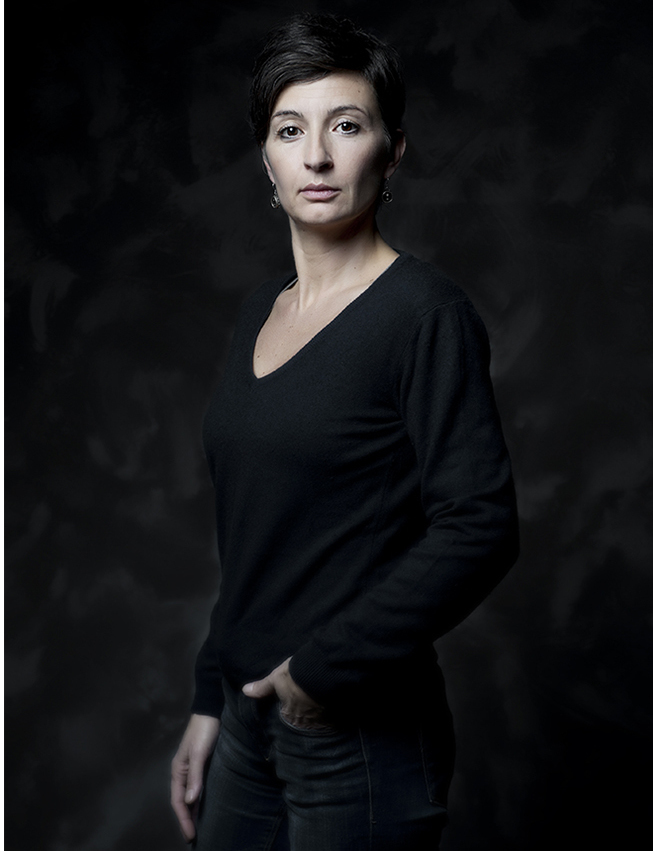
Francesca Moscheni is a photographer. She has a son, two dogs and, for over 25 years, a business partner. She reserves her transversal looks to all different types of photography and devotes special attention to the world of food; to lifestyles; to decoration and interior architecture; to design and places, inhabited and not. She researches harmonious details in the metaphors of all. Since 1990 she has held solo exhibitions and has been invited to take part in collective reviews. She regularly collaborates with prestigious magazines such as Marie Claire, Marie Claire Maison, Vanity Fair, The New York Times Magazine, Glamour France, Saveur, Art Culinaire, Travel & Leisure, Monocle. In 2011 she won first prize in the Food Photo Festival of Tarragona, in the Feature section, for the best reportage of the year. She alternates nomadism to sedentary travel between the walls of her studio. In addition to photographing, she cooks and eats foods that come from all over the planet and … still manages to maintain a flawless silhouette. Thanks to the constant close encounters with the great chefs and frequent visits to the best restaurants in the world, she transforms herself, when appropriate, into a gastronomic critic. Venetian, she lives in Milan.
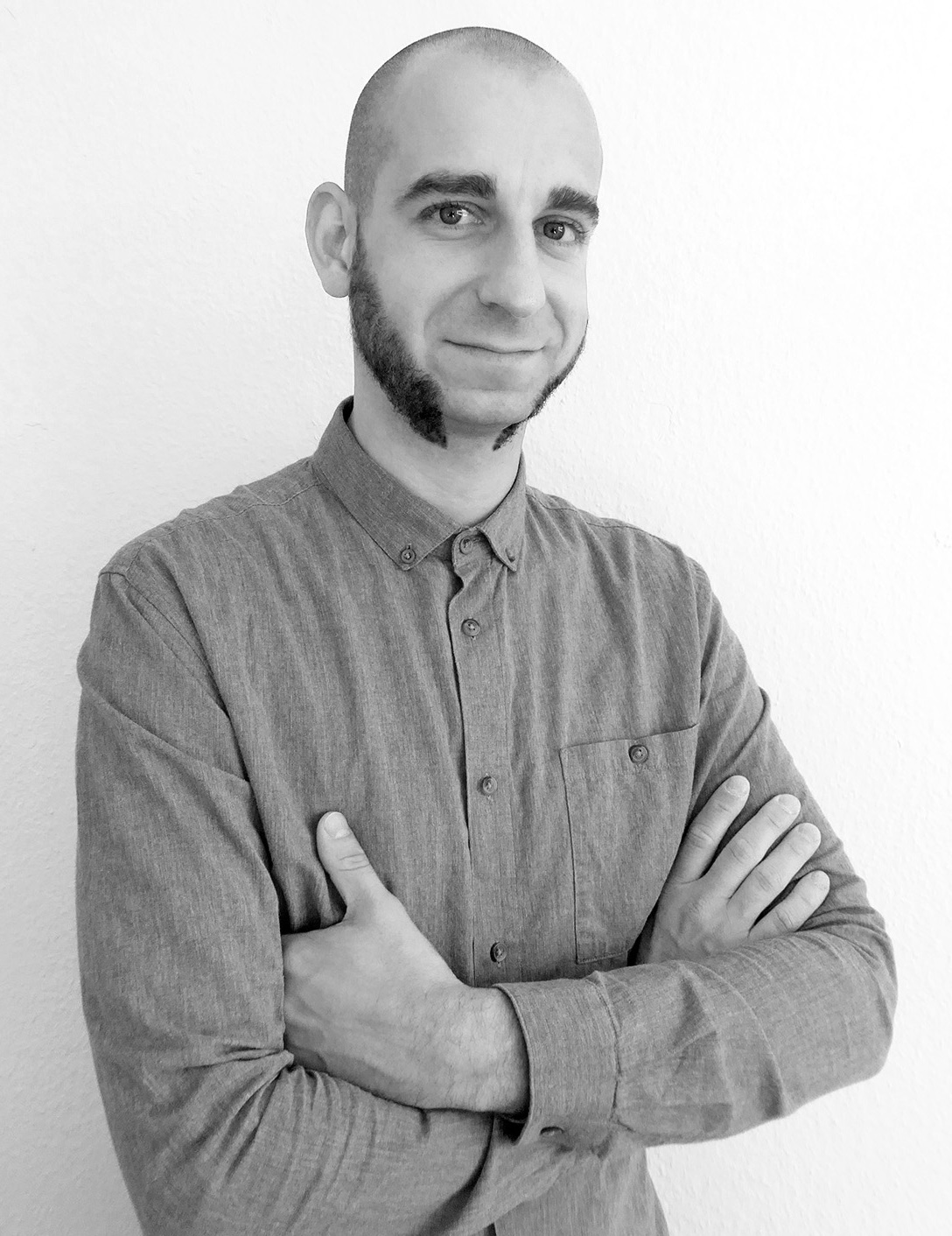
Martin Maleschka (1982) studied architecture at Brandenburg University of Technology and gained working experience in renowned architecture firms such as O.M.A./Rem Koolhaas in Rotterdam. During his studies he worked as lecturer and gained various prizes for his works including a first prize for the information graphics competition held by Arch+ magazine. Martin developed a keen interest for modern architectural photography of buildings from 60s and 70s as well as for architectural art in the German Democratic Republic – a passion that also stems from a personal background since he grew up next to such artworks in Eisenhuettenstadt, a socialist model city close to the border of Poland. In 2006 he started uploading photos on two Flickr-accounts (Kunst am Bau / DDR & Martin Maleschka) and with more than 8000 published pictures to this day, Martin managed to set up the most comprehensive photographic collection of architectural art in East Germany. Martin works and lives in Cottbus.
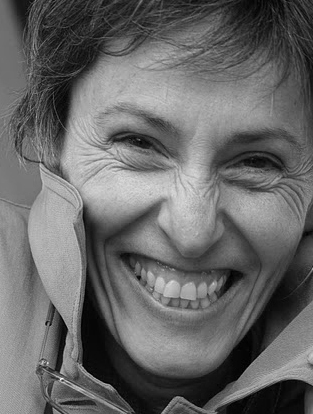
Giovanna Uzzani for over twenty years has studied and written about contemporary art – if contemporary is still the art of the twentieth century – with a special glance dedicated to sculpture. She teaches art history, and likes to. She is dedicated to curating exhibitions and book series. She has published L’arte Italiana del 900 for Marsilio. La Toscana, for E-ducation Scala Group, Henry Moore e la fortuna della scultura en plein air and Cézanne et la naissance de la peinture modern. She has worked with the Florentine Museo Marino Marini, the Uffizi Gallery, The Gallery of Modern Art and Museum of Costume of Palazzo Pitti, with the Centre for Contemporary Art Luigi Pecci, the Mart in Rovereto, the Henry Moore Foundation in Leeds, the Primo Conti Foundation in Fiesole, the International Biennale of the city of Carrara, the Festival of Two Worlds in Spoleto, the Ragghianti Foundation in Lucca. She cultivates a passion for travel with a camera on her shoulder, for music of the 1900s and for the vegetable garden. She loves the Chianti trails, the land where, when not away, she lives.
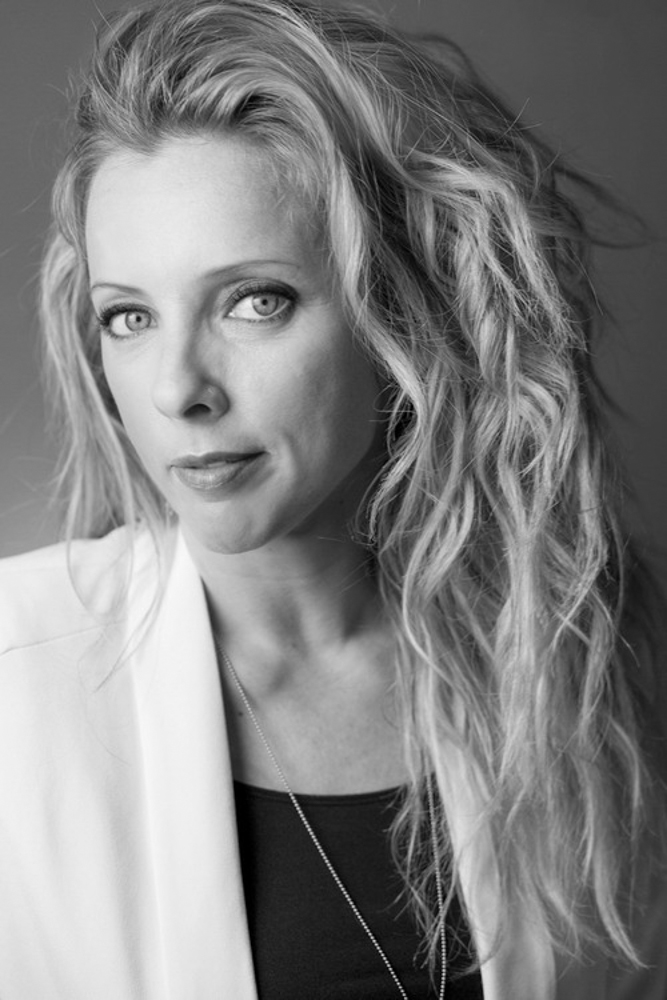
Brunella Fratini is a photographer in Vasto, Abruzzo. Affected by the image virus in the preteen age, after her “classic studies” she followed the courses of the Faculty of Communication Sciences in Teramo and began her career as photo reporter in the newsroom of Il Messaggero in Pescara. Then she went on to l’Unità in Rome. But gossip and crime news was not her thing. She was more attracted to landscape and intimate transformations. She went back to her natal Abruzzo, where she experimented her concentration on “trivial” stories, those that the newspapers aren’t interested in. She quite likes advertising photography, but prefers to produce images for the Saatchi online gallery team, successfully. And indulge, occasionally, in projects for Land Art. She now collaborates with BARNUM.
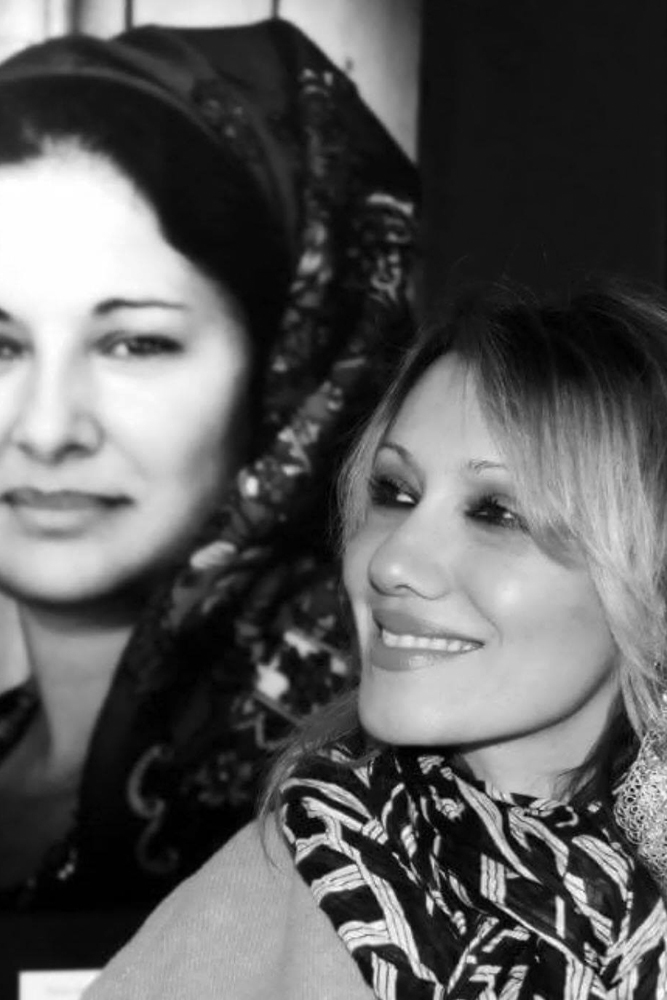
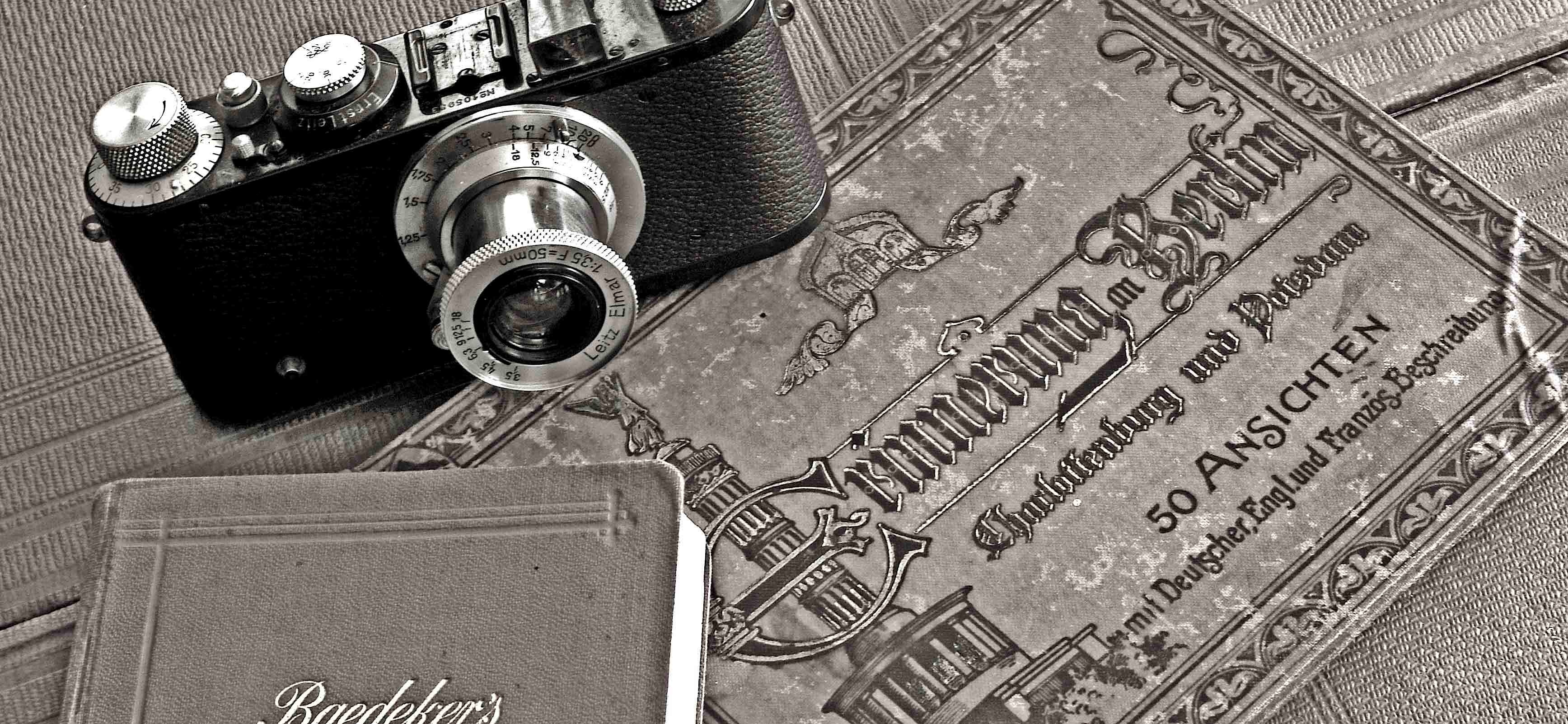
Send us a messagge: info@barnum-review.com